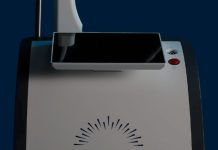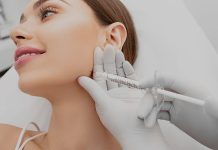A recent study aimed to examine daylight photodynamic therapy vs cryosurgery for the prevention of actinic keratoses in photodamaged facial skin.
Actinic keratoses (AKs) appear in ultraviolet-damaged skin and have a risk of becoming skin cancer. A recent study in Advances in Dermatology and Venereology aimed to investigate the preventive potential of field-directed repetitive daylight photodynamic therapy (PDT) vs cryosurgery for AKs.1
The randomized trial included 58 patients with 5 or more AKs on photodamaged facial skin, who received either 5 full-face sessions of daylight PDT within a period of 2 years or lesion-directed cryosurgery.
The primary outcome was the mean cumulative number of new AKs developed between visits 2 and 6, with the sixth being a follow up visit. It was found that in daylight PDT 7.7 new AKs were found vs 10.2 in cryosurgery, but the difference did not reach significance (–2.5, 95% confidence interval –6.2 to 1.2; p = .18).
Several signs of photoaging—fine lines, pigmentation, roughness, erythema, sebaceous gland hyperplasia—were significantly reduced after daylight photodynamic therapy, but not after cryosurgery, according to the study authors. There were also significantly less pain and fewer adverse events (AEs) reported during daylight PDT than during cryosurgery, according to the study.
“This study found that repetitive daylight photodynamic therapy had photo-rejuvenating effects,” the authors concluded. “However, the prevention of [AKs] by this therapy could not be proven in a statistically reliable manner.”
Reference:
1. Repetitive daylight photodynamic therapy versus cryosurgery for prevention of actinic keratoses in photodamaged facial skin: a prospective, randomized controlled multicenter two-armed study. ActaDV. doi:10.2340/00015555-3717






